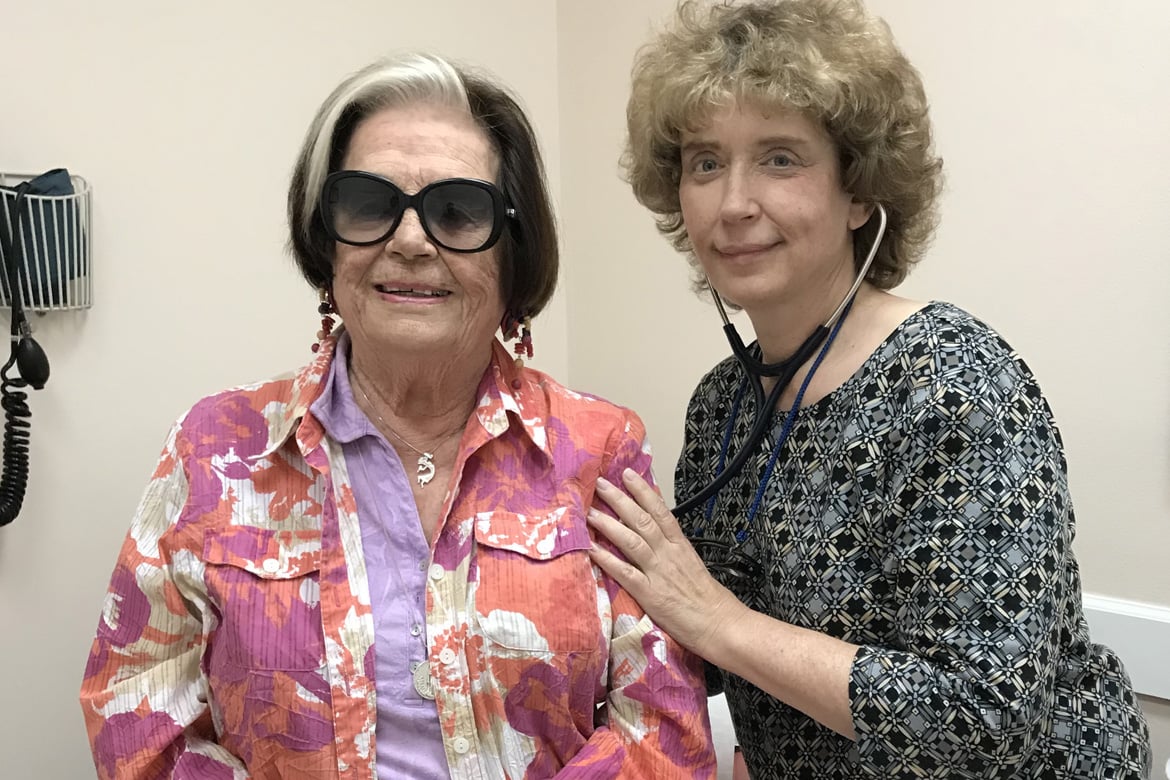Florida’s thriving physician-owned and operated Palm Beach Accountable Care Organization (PBACO) is a vivid example of how local entrepreneurial efforts can still succeed in an era of troubling corporate consolidation.
Self-financed by physicians in independent practices, PBACO generated the second-highest Medicare savings totals for three straight years before taking over the top spot in 2016. And it did that while registering high scores in quality and patient satisfaction measures that continue to rise.
PBACO leaders credit their success to hard work and commitment to basic principles of primary care-driven coordinated services.
Chief Operating Officer David Klebonis notes that prevention and chronic disease management are PBACO’s specialties and the majority Medicare ACO quality metrics fall into those categories. This helped PBACO achieve a 99.32 percent quality score for 2016.
“The independent physician model is just ideal for value-based payment programs,” Klebonis said. “We want to spread the word so that other independent physicians are encouraged to unite and succeed.”
Learn more from the AMA about physician-only ACOs as a practice option to consider.
Quality has become good business
PBACO has saved the Medicare Trust Fund more than $211.1 million over four years—of which it kept more than $101.2 million, investing 15 percent in its infrastructure and distributing 85 percent among its physician members.
“It certainly looks like a viable business model,” Klebonis said. “Doctors’ startup costs were able to get a 100 percent return on investment over three years.”
The work PBACO did to create a financially sustainable quality health care delivery system was summarized in a 2014 JAMA Viewpoint article written by Brookings Institution physician researchers.
“They have implemented systematic improvements in the care transitions for their patients, seeking notifications about emergency department visits, admissions and discharges, in some cases directly to the smartphone of the physician,” the authors wrote. “They have worked with nursing homes and home health agencies to set new expectations for improved communications and coordination, invested in increased patient outreach to ensure increased uptake of wellness and care transition encounters, and provided regular feedback of use patterns to physicians.”
Michael Sinclair, MD, who chairs the PBACO Board of Managing Members, put it another way:
“We don’t put out fires—we prevent them”
He added that PBACO’s 275 primary care physicians and 175 specialists have “emotional and financial skin in the game.”
“We want this to work,” Dr. Sinclair said, adding that, if a patient calls after hours, PBACO physicians don’t say, “Go to the ER.” They say, “Let’s solve this problem together.”
Making annual visit well worth it
Another key ingredient to PBACO’s success has been effective use of the annual Medicare wellness visit. About 10 percent of its 30,804 assigned beneficiaries had one in 2013. But this grew to 60 percent for the 51,150 beneficiaries PBACO covered in 2017.
Dr. Sinclair described the wellness visit as producing a “worksheet” for the year from which a care plan can be developed. Rebecca Prostko, MD, a member of the PBACO Medical Committee, noted that there is time in a wellness visit to do things like make a risk assessment for falls.
Otherwise, she said, patients generally don’t get asked these questions until they are in the hospital recovering from a fall.
Dr. Prostko also noted that being part of the ACO allows for group reporting, which makes administrative tasks related to the Medicare Quality Payment Program less burdensome.
Klebonis also noted that CMS has been “a listening stakeholder.” This includes holding free webinars and other educational offerings while keeping the QPP “malleable” and responsive to feedback.
He adds that there has been too much focus on failing ACOs and not enough on the successful efforts—most of which have been physician led.
“Other primary care physicians should not be apprehensive to start their own ACOs,” Klebonis said.




